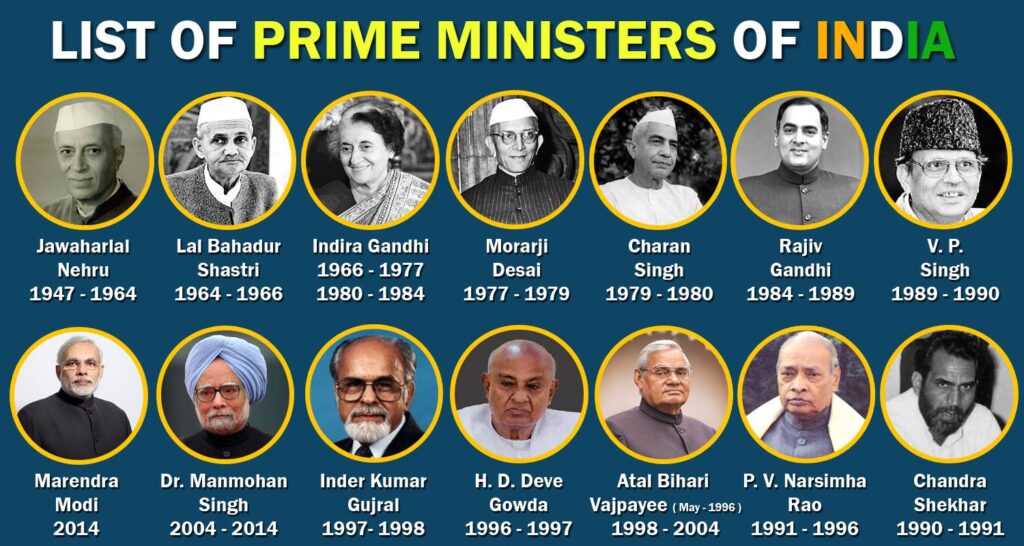
India’s journey from an emerging post-colonial state in 1947 to a global power in 2025 is a story deeply intertwined with the vision, leadership, and policies of its Prime Ministers. From Jawaharlal Nehru, who laid the foundation of modern India, to Narendra Modi, who is steering the nation in the digital and geopolitical age, each Prime Minister has left a distinct imprint on the country’s trajectory.
In this blog, we explore how successive Prime Ministers have shaped the nation — politically, economically, socially, and culturally — and what their leadership reveals about India’s evolving democratic ethos.
1. Jawaharlal Nehru (1947–1964): The Architect of Modern India
Jawaharlal Nehru, India’s first Prime Minister, envisioned a secular, democratic, and industrialized nation. His emphasis on science and technology, non-alignment, and planning through the Five-Year Plans gave India a strong developmental foundation.
Key Contributions:
Founded institutions like IITs, ISRO (as INCOSPAR), and AIIMS.
Advocated secularism and social justice.
Introduced industrialization through public sector undertakings (PSUs).
Nehru’s leadership laid the intellectual and infrastructural groundwork for a modern India. However, critics point to the neglect of agriculture and private enterprise in his economic model.
2. Lal Bahadur Shastri (1964–1966): Simplicity and Resolve
Though his tenure was short, Shastri’s leadership during the 1965 Indo-Pak War and his call for “Jai Jawan, Jai Kisan” cemented his image as a humble yet firm leader.
Key Contributions:
Strengthened India’s military response.
Promoted agricultural self-reliance (Green Revolution began in his era).
Advocated for moral integrity in public life.
3. Indira Gandhi (1966–1977, 1980–1984): The Iron Lady of India
Indira Gandhi was India’s most powerful Prime Minister until Modi. Her rule saw both bold reforms and authoritarian decisions.
Key Contributions:
Nationalization of banks.
Abolished privy purses of princely states.
Led India to victory in the 1971 Bangladesh Liberation War.
Declared Emergency (1975–1977), curbing civil liberties and press freedom.
However, Atal Bihari Vajpayee, despite being a political opponent from the Bharatiya Janata Party (BJP), was known for his eloquence and statesmanship. He did praise Indira Gandhi’s leadership after the 1971 India-Pakistan War, calling her “Durga” in Parliament — a reference to the powerful Hindu goddess — for her role in leading India to victory and aiding in the creation of Bangladesh.
Her tenure reshaped India’s political culture, making it more centralized and personality-driven.
4. Morarji Desai (1977–1979): The First Non-Congress PM
The Janata Party’s Morarji Desai ended Congress’s monopoly over Indian politics. His governance style was conservative, emphasizing administrative efficiency and anti-corruption.
Key Contributions:
Restored democratic processes post-Emergency.
Strengthened India’s nuclear program discreetly.
Promoted rural development and self-reliance.
5. Charan Singh (1979–1980): The Farmers’ Leader
Charan Singh was known for his focus on agrarian reform and farmers’ rights, but his short term limited impact.
6. Rajiv Gandhi (1984–1989): The Tech-Savvy Modernizer
Rajiv Gandhi brought a fresh, modern outlook to Indian governance, emphasizing technology, computers, and telecom.
Key Contributions:
Introduced policies to liberalize the economy.
Strengthened Panchayati Raj institutions.
Initiated educational and technological reforms.
Faced criticism over the Bofors scandal.
Despite controversies, Rajiv paved the way for India’s IT revolution.
7. V.P. Singh (1989–1990): The Social Justice Reformer
V.P. Singh is remembered for implementing the Mandal Commission Report, which granted OBC reservations in government jobs.
Key Contributions:
Triggered a social justice movement.
Catalyzed identity politics in Indian democracy.
His tenure was short but had long-lasting political effects.
8. Chandra Shekhar (1990–1991): A Transitional Leader
Though in office for less than a year, Chandra Shekhar managed the country during a period of economic instability and political uncertainty.
9. P.V. Narasimha Rao (1991–1996): The Father of Economic Reforms
Under Rao’s leadership, India liberalized its economy in response to a balance of payments crisis. With Dr. Manmohan Singh as Finance Minister, his government unleashed transformational reforms.
Key Contributions:
Opened up the Indian economy to globalization.
Liberalized trade and investment norms.
Initiated financial sector reforms.
Rao is credited with pivoting India from a closed, socialist economy to a liberal, market-based one.
10. Atal Bihari Vajpayee (1996, 1998–2004): The Statesman and Reformer
A charismatic orator and consensus builder, Vajpayee led a stable coalition government and balanced economic reforms with national pride.
Key Contributions:
Conducted nuclear tests in Pokhran (1998).
Launched the Golden Quadrilateral highway project.
Strengthened India’s IT and telecom industries.
Tried peace efforts with Pakistan (Lahore Bus Yatra).
Vajpayee’s tenure saw rapid infrastructure growth and economic consolidation.
11. H.D. Deve Gowda (1996–1997): The Farmer PM
Deve Gowda focused on agriculture and rural development, but like other short-tenure PMs, his impact was limited.
12. I.K. Gujral (1997–1998): Diplomacy with a Human Face
Known for the “Gujral Doctrine”, he focused on improving India’s relations with its neighbors without expecting reciprocity.
13. Dr. Manmohan Singh (2004–2014): The Reluctant Reformer
An economist at heart, Singh’s tenure marked sustained economic growth, foreign investment, and social welfare schemes.
Key Contributions:
Enacted MNREGA (employment guarantee).
Launched RTI Act.
Oversaw India-US Civil Nuclear Agreement.
Expanded education and health spending.
Despite being criticized for being soft-spoken and allegedly indecisive, Singh steered India through the global financial crisis and maintained stable growth.
14. Narendra Modi (2014–Present): The Populist Nationalist
Narendra Modi, a transformative and polarizing figure, has redefined India’s governance, with a strong focus on nationalism, digital infrastructure, global diplomacy, and economic transformation.
Key Contributions:
Launched Digital India, Make in India, and Startup India.
Implemented GST and Insolvency and Bankruptcy Code.
Scrapped Article 370 (Jammu & Kashmir).
Promoted India’s global stature through G20 presidency and defense alliances.
Spearheaded welfare schemes: Ujjwala Yojana, Swachh Bharat, Jan Dhan, PM-KISAN.
His critics argue about rising centralization, democratic backsliding, and socio-political polarization, but Modi remains the most dominant political figure since Indira Gandhi.
Conclusion: Leadership That Shaped a Billion Dreams
From Nehru’s idealistic socialism to Modi’s assertive nationalism, India’s Prime Ministers have not just governed the country — they’ve shaped its destiny. Each leader brought their unique vision, responding to the needs and challenges of their time.
Whether it was Nehru’s institution-building, Indira’s decisive governance, Vajpayee’s infrastructure push, or Modi’s digital revolution, every Prime Minister added a layer to the India we see today.
As the nation moves forward into a complex global order, the role of strong, visionary, and inclusive leadership remains as vital as ever.
Related posts:
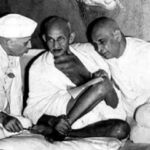 Was There Any Compulsion on Mahatma Gandhi to Make Jawaharlal Nehru the Prime Minister of India?
Was There Any Compulsion on Mahatma Gandhi to Make Jawaharlal Nehru the Prime Minister of India?
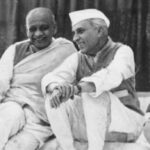 Was there any compulsion of Mahatma Gandhi to make Jawaharlal Nehru the Prime Minister?
Was there any compulsion of Mahatma Gandhi to make Jawaharlal Nehru the Prime Minister?
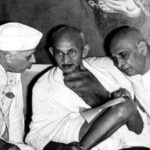 What Was The Role Of Jawaharlal Nehru In Indian Independence Movement?
What Was The Role Of Jawaharlal Nehru In Indian Independence Movement?
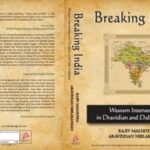 Breaking India: Unveiling Forces Fragmenting the Nation
Breaking India: Unveiling Forces Fragmenting the Nation
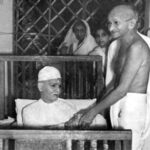 Which Techniques Was Better Udarvadi (Moderate) and Krantikari (Revolutionary) For Indian Independence Movement?
Which Techniques Was Better Udarvadi (Moderate) and Krantikari (Revolutionary) For Indian Independence Movement?
 The Role of Chandra Shekhar Azad in Indian Independence
The Role of Chandra Shekhar Azad in Indian Independence
